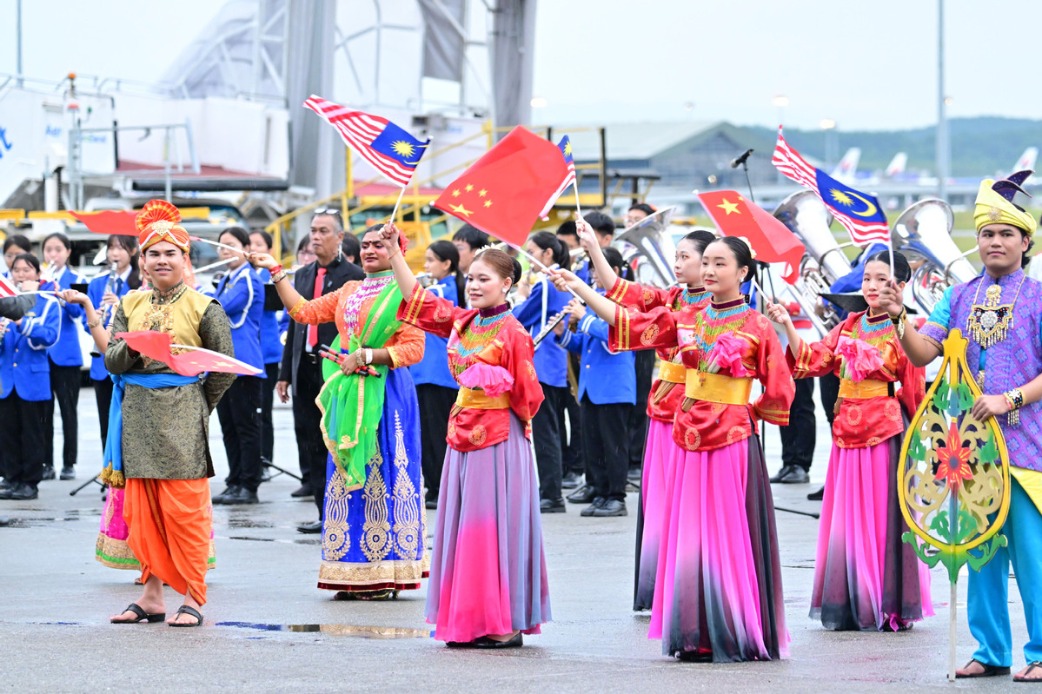11 sentenced for north China tomb raiding
Xinhua | Updated: 2017-07-26 20:01
SHIJIAZHUANG -- A court has sentenced 11 people to jail for looting a royal tomb in north China's Hebei Province.
In October 2015, a chamber of the eastern royal tombs of the Qing Dynasty (1644-1911) in Zunhua City was found to have been robbed.
The theft drew huge public attention, and the State Administration of Cultural Heritage summoned local officials and the administrative committee overseeing the tombs for talks.
According to the defendants, after studying the routine of security staff, thieves sneaked into the site at night. They used electricity from a nearby irrigation project to power an electric cutter to cut a hole into the tomb chamber. They covered the cutter with a quilt to make less noise.
"Some of us were in charge of keeping watch over security staff, some of digging, and others were responsible for transporting the relics," said a defendant. "We usually started working at around 7 p.m. and did not stop until 3 a.m."
The theft was not discovered until ten days after.
The defendants were sentenced to up to 14 years and nine months, along with fines.
Some have appealed against the sentence.
The tombs are about 125 km east of Beijing, covering an area of about 80 square km. Construction of the tombs started in 1661, and took 247 years to finish. In 1961, the tombs were listed as a key national protection unit.
The chamber in question was built for Wenxi, an concubine of the Kangxi Emperor.
Tomb raiders put Chinese history in danger. The thieves usually hope to find precious objects. The national fervor for antique collecting has also contributed to the phenomenon, according to Liang Xiao, a relics protection expert.
In 2015, the tomb of Liu Yongfu, a national hero who fought in the Sino-French War and died in 1917, was desecrated by criminals who almost emptied it. The site, in the mountains of Qinzhou, in south China's Guangxi Zhuang Autonomous Region, was placed under state protection in 2001.
In 2012, three stone sculptures in the mausoleum of the Jingjiang Prince, a member of regional royalty in Guangxi during the Ming Dynasty (1368-1644 A.D.), were spirited away. A warrior sculpture, also in the mausoleum, was beheaded two days later.
























